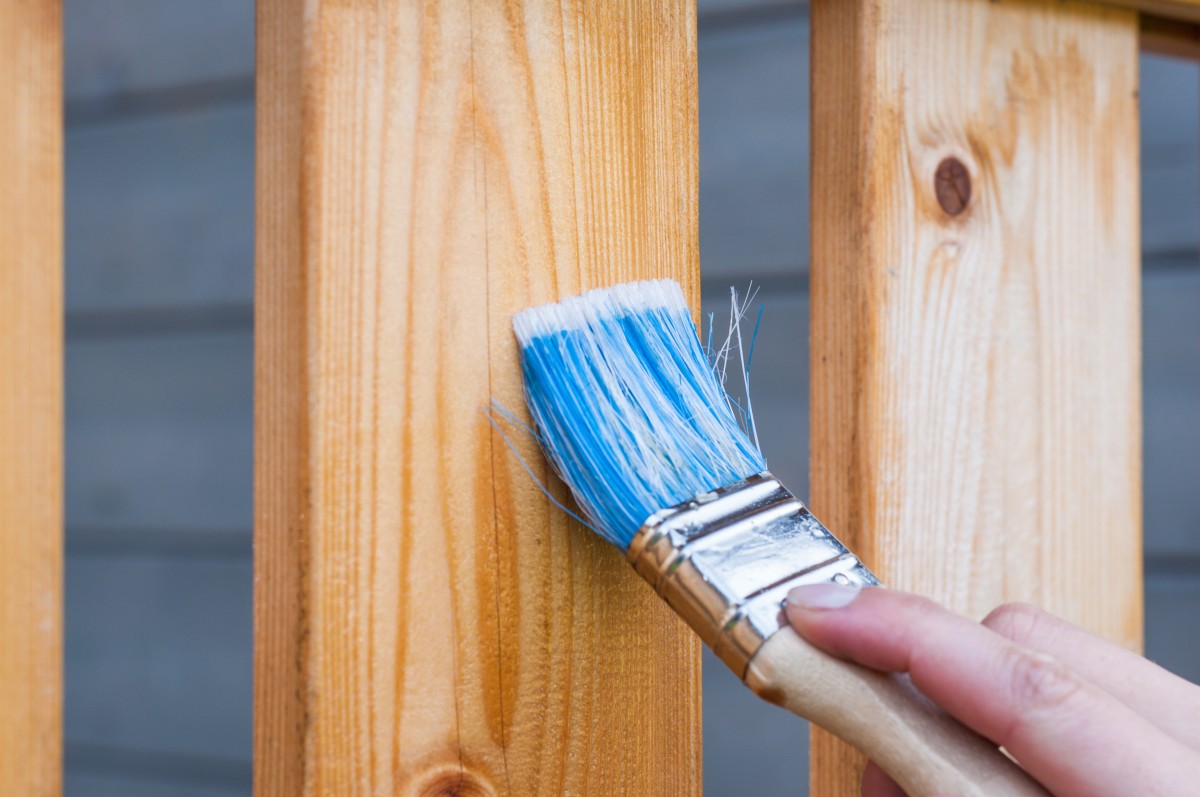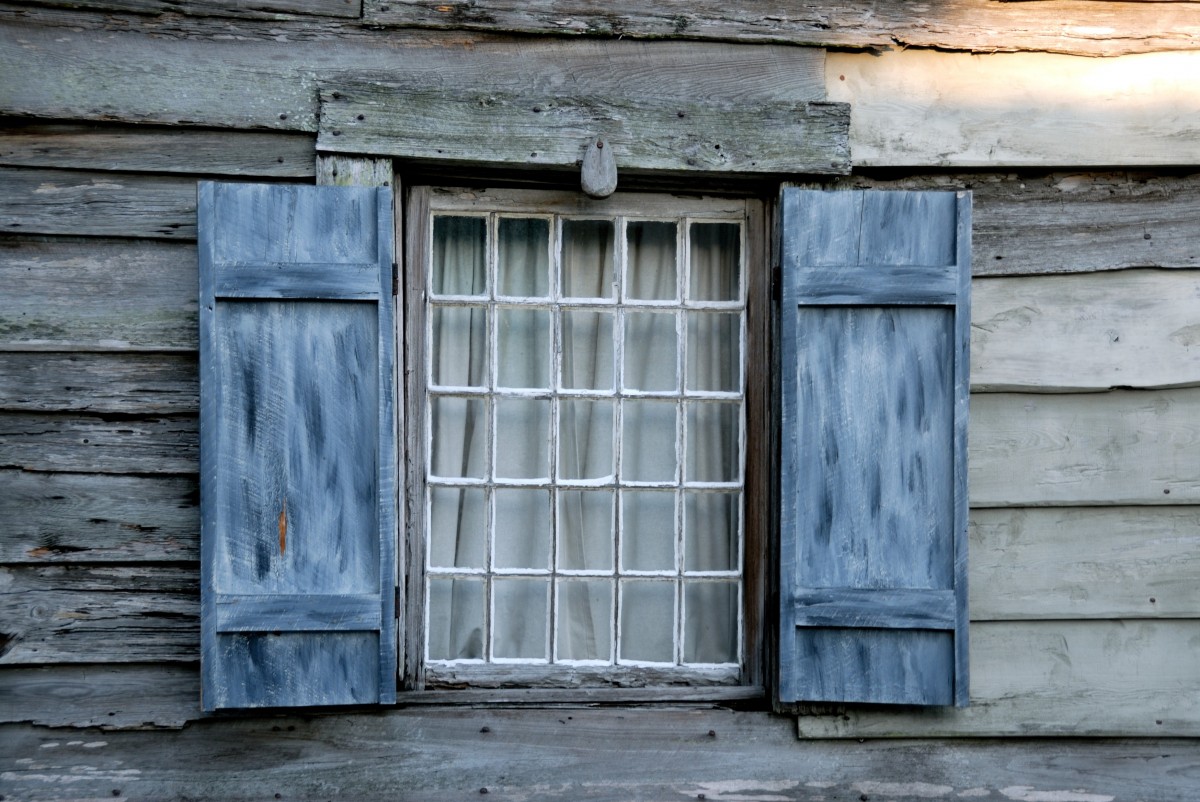Outdoor wood structures, from decks to fences, are not just functional; they add beauty and value to your home. However, the Canadian climate can be harsh on wood, leading to wear, tear, and decay. Understanding how to properly treat and protect your exterior wood can ensure it stays beautiful and durable for years to come. Let’s dive into the essentials of treating exterior wood, tailored for Canadian homeowners.
Choosing the Right Treatment
Before you begin, selecting the right treatment for your wood is crucial. The Canadian market offers a variety of options, including stains, sealants, and paints. Stains penetrate deep into the wood, offering a natural look while providing protection from moisture and UV rays. Sealants, on the other hand, create a protective layer over the wood, preventing water damage and decay. Paints, while offering the highest level of customization in terms of colour, also protect the wood but may require more frequent maintenance.
Preparation is Key
The first step in treating your outdoor wood is proper preparation. Start by cleaning the surface thoroughly with a wood cleaner or a mixture of water and mild detergent. Remove any existing paint, stain, or sealant using a paint stripper or sanding. This ensures that the new treatment adheres properly and lasts longer. Pay special attention to areas that show signs of rot or damage, as these may need to be repaired or replaced before treatment.
Application Techniques

When applying wood treatment, technique matters. For stains and sealants, use a brush, roller, or sprayer, depending on the product instructions and the size of your project. Apply in thin, even coats, working along the grain of the wood. For larger areas, a sprayer might save time and effort. If you’re painting, use a primer designed for exterior wood to enhance durability and finish with at least two coats of exterior-grade paint.
Regular Maintenance and Care
Treating your wood is not a one-time task but an ongoing commitment. Regular maintenance, including cleaning and touch-ups, can extend the life of your wood and keep it looking its best. Inspect your wood structures annually for signs of wear, damage, or rot. Quick repairs and reapplication of sealant or stain can prevent minor issues from becoming major problems.
Navigating Challenges: Weather and Wear
The Canadian climate poses unique challenges to exterior wood, from freezing winters to humid summers. Choosing treatments designed for our weather and following local guidelines for application and maintenance can make all the difference. Additionally, consider the specific needs of your wood type and structure, as different woods may require different approaches to treatment and care.
Embracing Eco-Friendly Options
In recent years, the shift towards Eco-friendly and sustainable home maintenance practices has gained momentum in Canada. When treating exterior wood, consider using products that are low in volatile organic compounds (VOCs) and derived from natural, renewable sources. These environmentally friendly options not only minimize harm to the planet but also offer safety benefits for your family and pets. Furthermore, embracing such practices aligns with a growing trend towards sustainability in home improvement, reflecting a commitment to preserving our natural environment while maintaining our homes.
A Lasting Legacy of Beauty and Strength
Treating and protecting your outdoor wood is an investment in your home’s longevity and aesthetic appeal. By following these guidelines, you can ensure that your wood structures withstand the elements and continue to enhance your outdoor space for years to come.
We hope this guide helps you in your journey to maintain and protect your exterior wood. If you’ve got tips, experiences, or questions, we’d love to hear from you in the comments below. Sharing knowledge helps us all keep our homes beautiful and durable, one wood project at a time.
